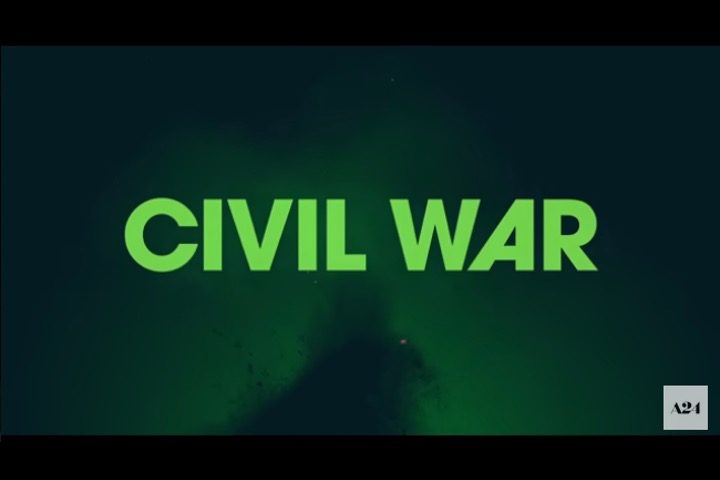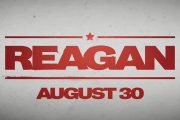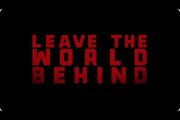
Alex Garland’s highly-anticipated film Civil War has arrived after much debate and politicization by commentators, with the April 12 release date less than seven months before the 2024 presidential election on November 5.
Although prior to even viewing the film political pundits claimed that it is political propaganda, writer-director Garland said that he intended to keep politics out and leave questions unanswered by the film, allowing the audience to reflect on and interpret the scenarios portrayed. In an interview, Garland was asked if he knew the answers to questions viewers had. He responded:
I’ve got my own private answers to those questions, and I think that the answers to those questions do actually probably exist within the film in various places, in various ways … film usually takes great pains to be as clear as possible … I was trying to do something slightly different here.
Differing from other films about war, this film’s message cannot be mistaken as anything other than anti-war. It competently conveys the awful consequences of what a modern civil war would look like, and reaches out to as wide an audience as possible by avoiding polarizing politics, giving the audience the freedom to come to their own conclusions.
Garland said the film tells the story of “old-fashioned” journalists, telling The New York Times in an interview:
The film is presenting old-fashioned reporters, as opposed to extremely biased journalists who are essentially producing propaganda. They’re old-fashioned reporters, and the film tries itself to function like those reporters. One of the journalists is very young, but they’re using a 35-millimeter camera, which is the means of photojournalism from an era where the societal function of media was more fully understood and embraced.
The film is structured in what can best be described as a series of vignettes presenting what a second civil war could look like in the United States, telling the story from the perspective of three experienced journalists, Lee, Joel, and Sammy, who are accompanied by an aspiring young photojournalist named Jessie.
We follow the group of four as they embark on their journey, traveling from New York City through a civil war-torn United States to Washington, D.C., racing to interview a despotic president just days before secessionist forces are expected to overthrow him and his dystopian federal government on the Fourth of July.
The film subtly comments on the current state of journalism. After the group stops at a small-town gas station and witnesses the breakdown of the rule of law, Lee tells a distressed Jessie, “We record so other people ask.” Lee’s focus as a war journalist is solely on reporting the events — something that has become rare in reality, with propaganda obscuring our ability to ask the right questions.
The film contains profanity, and, although not as extreme as a horror film, there are scenes of graphic violence, earning it an MPAA “R” rating for “strong violent content, bloody/disturbing images, and language throughout.”
Civil War is great film, and if you enjoyed the films previously released by film production company A24, this is absolutely a must-see. If you’re expecting an action-packed war epic or a political thriller, though, you’ll leave disappointed. It isn’t a film about politics or partisanship, it’s an anti-war film for Americans all across the political spectrum — a dire warning of the consequences of polarization and division.
Warning: Spoilers Ahead
The film’s soundtrack thoughtfully uses “needle drops” to juxtapose the horrifying events taking place against the surreal chaos and joy exhibited by the characters in the immediate aftermath. One example that stands out is De La Soul’s Say No Go playing immediately after a group of Hawaiian shirt-wearing militia celebrate the capture and summary execution of a small group of federal holdouts after an intense firefight. Garland said his intent with the soundtrack was to not glorify what we see throughout the film, stating:
That De La Soul track had a particular function, which was to be jarring and aggressive, and to speak somehow to the perverse pleasure in what was happening, but not actually be seductive.
The film’s climax begins as a team of secessionist forces raid the White House, with the final battle opening with the execution of a Secret Service agent in the White House press room after she attempts to negotiate a deal to allow the president to go into exile in Alaska or Greenland.
The journalists follow the team as they fight their way to the Oval Office, facing a small group of Praetorian Guard-like Secret Service members remaining loyal to the president and fighting to the death.
Moments before reaching the Oval Office, Lee sacrifices herself to push Jessie out of a Secret Service agent’s line of fire, resulting in her death. Momentarily frozen on the ground after capturing Lee’s death on camera, Jessie snaps out of her state of shock and gets to the Oval Office in time to photograph the president being captured.
After surviving the White House battle, Joel is only interested in getting the president’s final words before his summary execution, shouting, “Wait! I need a quote.” The president pleads to Joel, “Don’t let them kill me,” to which Joel bluntly replies, “That’ll do.”
Joel’s indifferent response to the president’s futile final words is understandable considering everything he has witnessed throughout his journey — experiencing the horrors of war and seeing the deaths of many of his friends and colleagues.
Taking Lee’s place, Jessie captures the iconic “money shot” image of the despotic president’s death. The final scene of the film contains another soundtrack juxtaposition — Suicide’s Dream Baby Dream playing as the photographs Jessie took (reminiscent of the famous photographs of Pablo Escobar’s death) appear on screen. Now having conquered her fears throughout her trial-by-fire journey, Jessie goes on to become a fearless war photographer.



